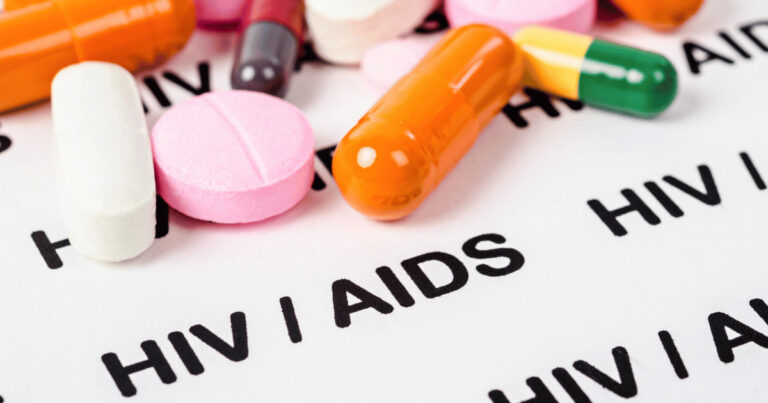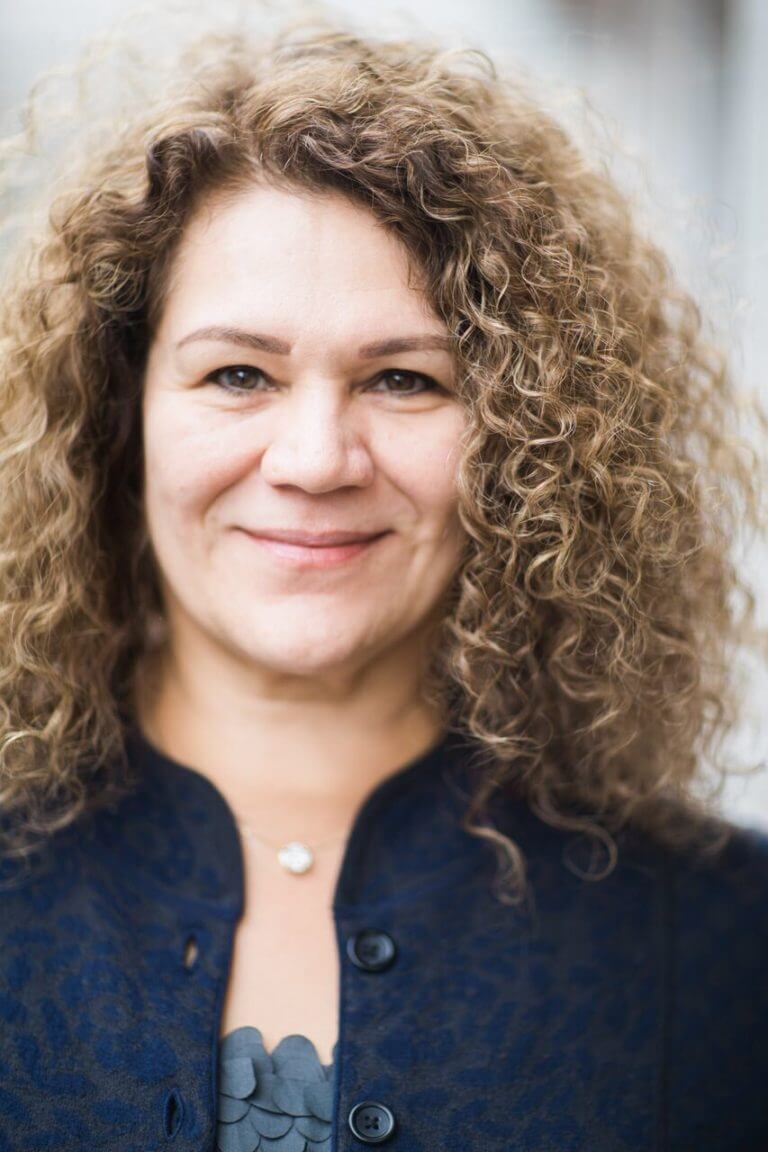
The last few years several people have been "cured" from HIV. This is a stark contrast to the high mortality rates seen in the 80s and 90s. How is this possible and what were the steps taken to achieve such progress?
Evolution of HIV Treatment
The journey of HIV treatment has been nothing short of remarkable since the virus was first identified in the 1980s. The advent of antiretroviral therapy (ART) has significantly improved the ability to manage HIV and minimize its impact on those living with the virus. However, a recent breakthrough has brought new hope to the HIV community in the form of the rare CCR5 delta 32 mutations.
The CCR5 delta 32 mutation is a genetic variation that makes it challenging for HIV to infiltrate cells and cause infection. Individuals carrying this mutation exhibit increased resistance to HIV, and some may even achieve undetectable viral loads without the need for ART. Remarkably, this mutation is exceptionally rare, present in only 1-2% of people of European descent.
How CCR5 Delta 32 Mutation Blocks HIV
At its core, the CCR5 delta 32 mutation acts as a formidable barrier against HIV, limiting its ability to enter cells and establish an infection. This unique genetic variation offers a glimmer of hope for those living with HIV, potentially transforming their lives.
The potential benefits of utilizing the CCR5 delta 32 mutation in HIV treatment are profound. Improved quality of life, reduced transmission risk, and even complete viral clearance are among the advantages. A testament to this success is Paul Edmonds, who contracted the virus in 1988 but became virus-free in 2023, thanks to a transplant of the rare mutation.
One of the most compelling aspects of this mutation is its potential to help individuals achieve undetectable viral loads without the need for ART medications. This not only reduces the side effects associated with these drugs but also significantly enhances overall health outcomes. Additionally, maintaining an undetectable viral load decreases the risk of transmitting HIV to others, whether through sexual contact or other means.
Limitations of CCR5 Delta 32 in HIV Treatment
While the CCR5 delta 32 mutation offers immense promise, it comes with limitations. Its rarity means that not everyone will have access to this treatment option. Furthermore, even those with the mutation may still require ART medications, contingent on their individual health circumstances.
Continued research into new HIV treatments is paramount for improving outcomes for individuals living with the virus. Innovations such as the CCR5 delta 32 mutation provide hope by expanding the toolkit for HIV control and transmission reduction.
Investing in Tomorrow
The approval of the CCR5 delta 32 mutation by the FDA is a significant stride in the battle against HIV. It underscores the necessity of continued research funding to ensure that more individuals can benefit from such groundbreaking treatments in the future. HIV treatment has indeed come a long way, but there is still much to be explored on the path to a healthier future for all.



It’s truly amazing to see how far HIV treatment has come. The potential of the CCR5 delta 32 mutation is incredible, offering new hope for those living with HIV. Let’s keep pushing for more research and innovation in this field. 🌟
Everyone with this debilitating disease should have access to this life saving treatment. Sounds like people with money have more access than the ones on benefits. This is UNFAIR to say the least.